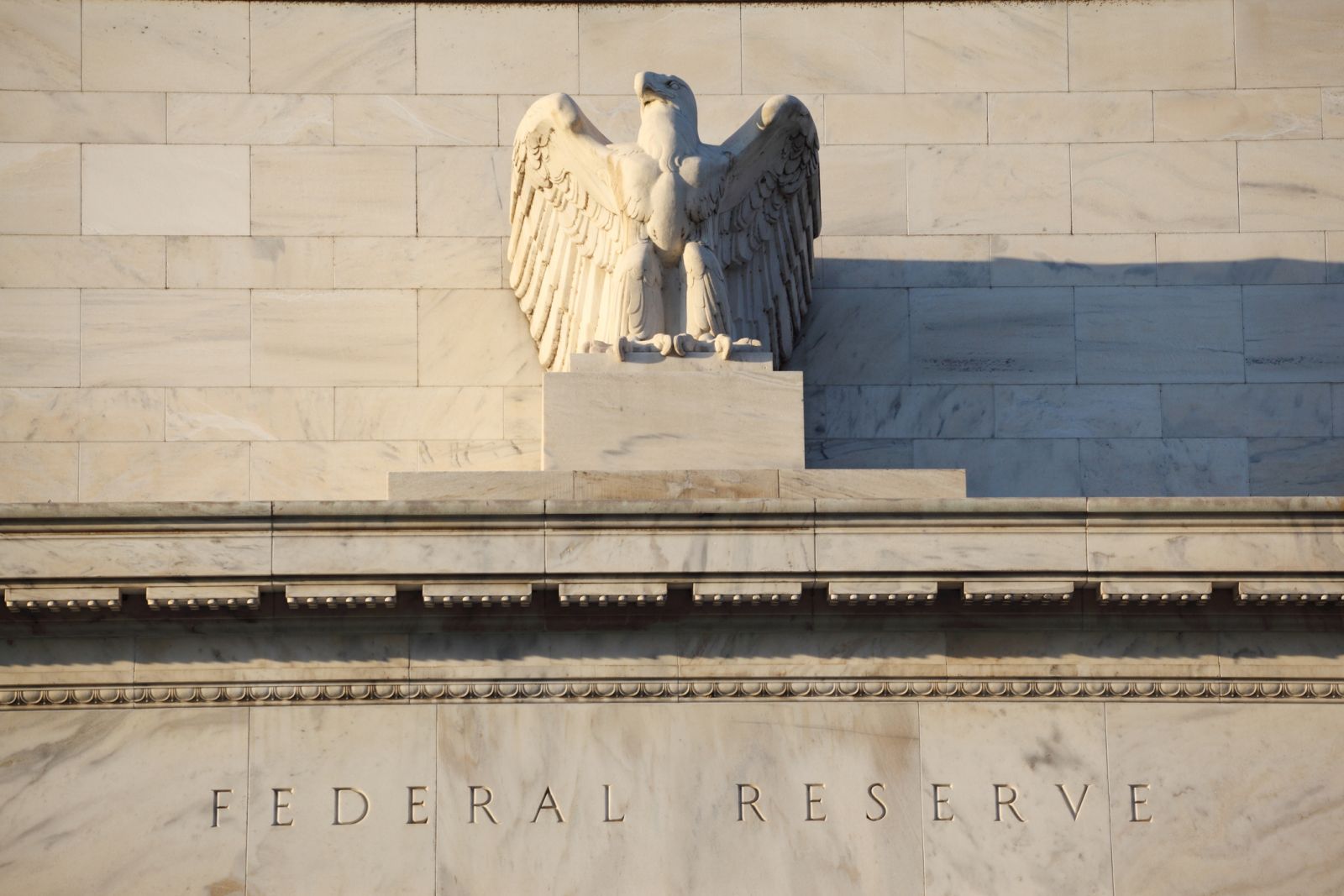
The dollar index (DXY00) today is up by +0.05%. The dollar is climbing with T-note yields today after the hawkish US Jan payroll report reduced the chances to 8% from 16% for a Fed rate cut at next month’s FOMC meeting. Despite Jan nonfarm payrolls climbing less than expected, Dec payrolls were revised higher, and the Jan unemployment rate fell to an 8-month low, while Jan average hourly earnings rose more than expected, hawkish factors for Fed policy. The dollar also garnered support on Thursday night’s comments from Dallas Fed President Logan, who said she’s skeptical about additional Fed interest rate cuts.
However, the dollar fell back from its best levels today after the University of Michigan US Feb consumer sentiment index unexpectedly fell to a 7-month low.
US Jan nonfarm payrolls rose +143,000, weaker than expectations of +175,000, but Dec was revised upward to +307,000 from the previously reported +256,000. The Jan unemployment rate unexpectedly fell -0.1 to an 8-month low of 4.0%, showing a stronger labor market than expectations of no change at 4.1%.
US Jan average hourly earnings rose +0.5% m/m and +4.1% y/y, stronger than expectations of +0.3% m/m and +3.8% y/y.
Thursday evening, Dallas Fed President Logan said interest rates may already be near a neutral level, potentially obviating the need for further Fed rate cuts even if inflation continues to cool.
The University of Michigan US Feb consumer sentiment index unexpectedly fell -3.3 to a 7-month low of 67.8, weaker than expectations of an increase to 71.8.
The University of Michigan US Feb 1-year inflation expectations unexpectedly jumped to a 15-month high of 4.3% versus expectations of no change at 3.3%. Also, the Feb 5-10 inflation expectations unexpectedly increased to a 16-year high of 3.3%, stronger than expectations of no change at 3.2%.
The markets are discounting the chances at 8% for a -25 bp rate cut at the next FOMC meeting on March 18-19.
EUR/USD (^EURUSD) today is down by -0.08%. Today’s US Jan payroll report strengthened the dollar and weighed on the euro. Also, today’s news that showed German Dec industrial production fell by the most in 5 months is bearish for the euro. The euro maintained moderate losses after ECB Governing Council member Vujcic said three ECB interest rate cuts this year are “not unreasonable.” Losses in the euro are limited due to better-than-expected German trade news for December.
German Dec industrial production fell -2.4% m/m, weaker than expectations of -0.7% m/m and the biggest decline in 5 months.
German trade news was better than expected as Dec exports unexpectedly rose +2.9% m/m, stronger than expectations of a -0.5% m/m decline and the biggest increase in 11 months. Also, Dec imports rose +2.1% m/m, stronger than expectations of +1.9% m/m and the biggest increase in 5 months.
ECB Governing Council member Vujcic said the ECB expects inflation, including services, to come down and market bets on three ECB interest rate cuts this year are “not unreasonable.”
Swaps are discounting the chances at 100% for a -25 bp rate cut by the ECB at the March 6 policy meeting.
USD/JPY (^USDJPY) today is up by +0.09%. The yen today retreated from a 1-3/4 month high against the dollar and turned lower after the US Jan payroll report lifted the dollar. Also, higher T-note yields today are weighing on the yen.
The yen today initially moved higher on better-than-expected Japanese economic news that showed Japan’s household spending rose by the most in over two years, and the Dec leading Index CI rose more than expected.
Japan Dec household spending rose +2.7% y/y, stronger than expectations of +0.5% y/y and the largest increase in over 2 years.
The Japan Dec leading index CI rose +1.1 to 108.9, stronger than expectations of 108.3.
April gold (GCJ25) today is up +27.10 (+0.94%), and March silver (SIH25) is up +0.274 (+0.84%). Precious metals today are moderately higher, with nearest-futures (G25) gold posting an all-time high of $2,884.40 an ounce. Today’s dovish comments from ECB Governing Council member Vujcic boosted demand for precious metals as a store of value when he said market bets on three ECB interest rate cuts this year are “not unreasonable.” Gold prices raced to their highs today after the University of Michigan US Feb inflation expectations unexpectedly rose, which boosted demand for gold as an inflation hedge.
Safe-haven demand for precious metals remains firm due to US-China trade tensions after China retaliated to US tariffs on its goods by imposing tariffs on US goods. Silver prices have carryover support from today’s rally in copper prices to a 4-month high on concern that copper will be included in potential import tariffs threatened by President Trump.
Gains in precious metals were limited today due to a stronger dollar and higher T-note yields. Also, today’s US January payroll report showed that the unemployment rate unexpectedly fell to an 8-month low, and average hourly earnings rose more than expected, which is hawkish for Fed policy and bearish for precious metals. A negative factor for silver was today’s report that showed German Dec industrial production fell by the most in 5 months, a negative factor for industrial metals demand.







